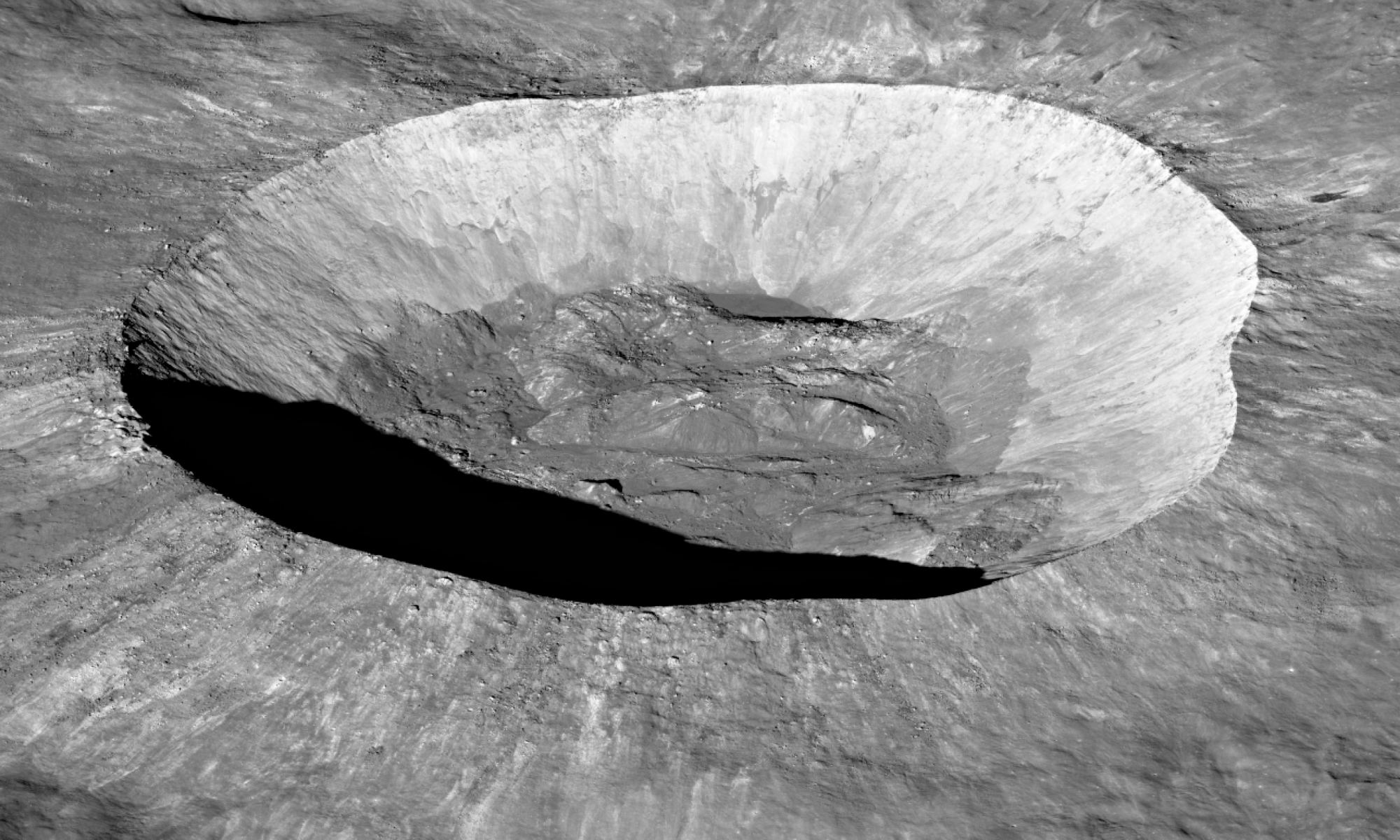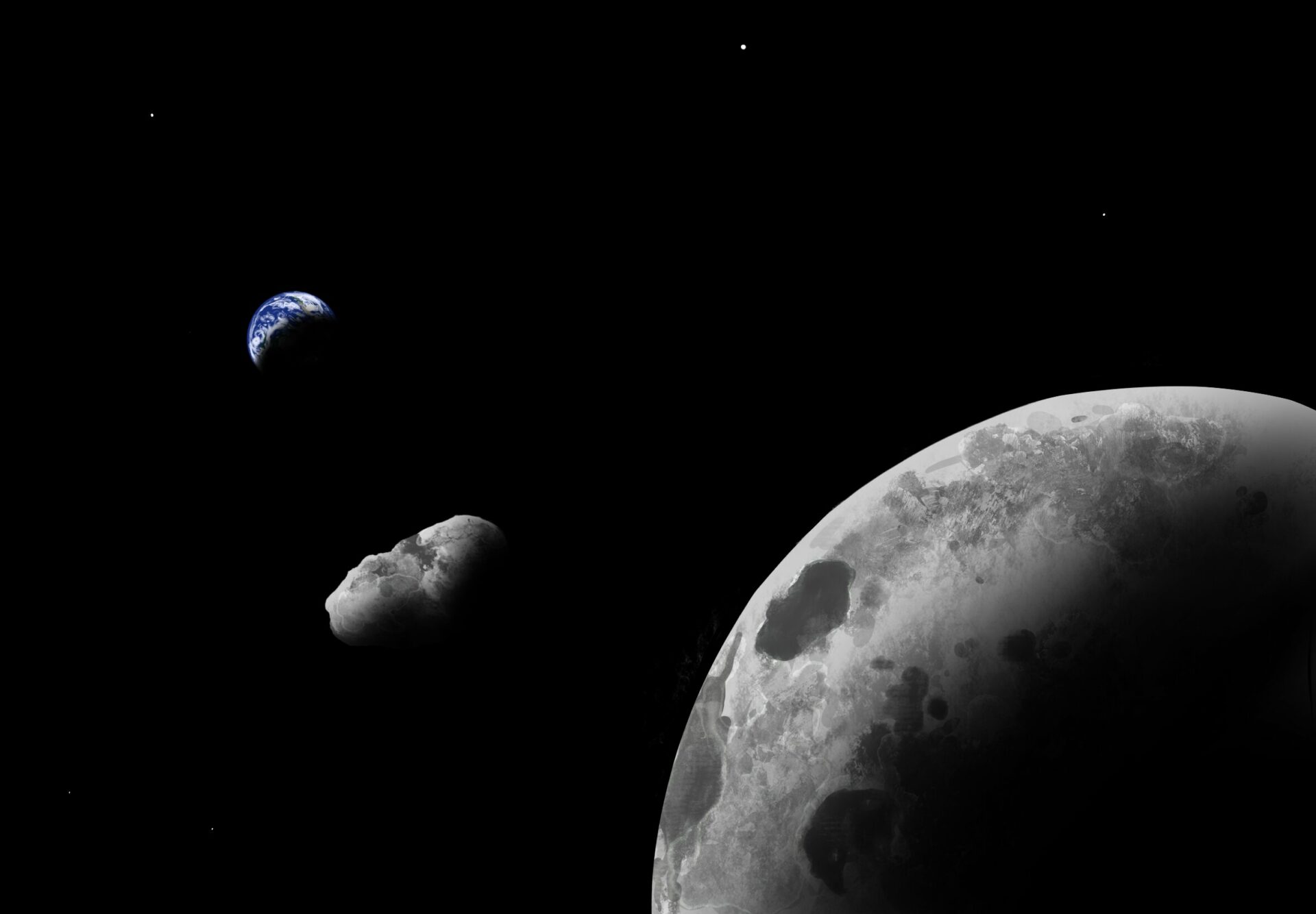The origin of asteroid Kamo’oalewa, discovered in 2016, remains a mystery. However, researchers suggest that this quasi-moon of the Earth could have been ejected from the Moon as a result of an impact from the fall of another space object. Scientists from Tsinghua University in China, led by astronomer Yifei Jiao, applied numerical modeling to determine the properties of the crater from which the asteroid most likely formed. The results point to the Giordano Bruno crater on the Moon as its potential source.

A new study has linked the asteroid to its lunar origin and suggested that there are many other asteroids made up of lunar material that remain undetected in space.
Asteroid Kamo’oalewa is just one example of our planet’s shadow family. And finding it was not an easy task. However, last year, scientists made significant progress in solving this puzzle.

Asteroid Kamo’oalewa reflects light and has a color similar to the lunar surface. This feature makes it strikingly different from other asteroids. After further studying its orbital properties, scientists concluded that it had once been part of the Moon.
Recent research conducted by Jiao and his colleagues uses the physical and orbital characteristics of the asteroid, as well as models of collisions with the Moon, to unravel its origin. Simulations show that most of the fragments ejected from the collision will leave Earth’s orbit within 10 million years, but perhaps some will remain in a similar orbit as Kamo’oalewa.
Although the evidence is not yet conclusive, future missions such as Tianwen 2 from the Chinese National Space Administration may bring new discoveries. Studying the samples that will be taken from the asteroid will help solve many mysteries of space, including the origin of Kamo’oalewa and other asteroids.
Earlier we talked in detail about asteroids and small bodies.
According to sciencealert.com
Follow us on Twitter to get the most interesting space news in time
https://twitter.com/ust_magazine


